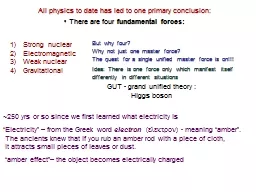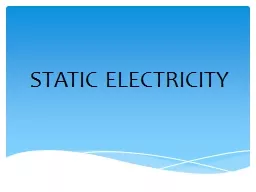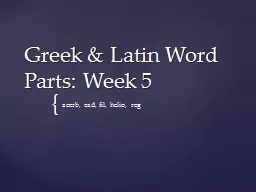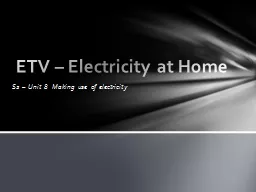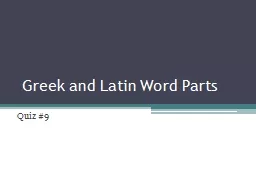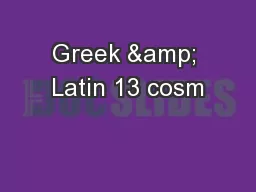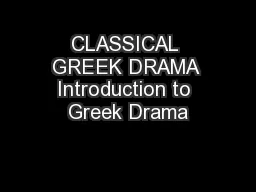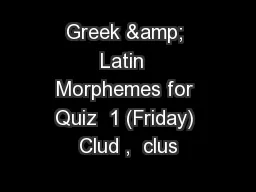PPT-“Electricity” – from the Greek word
Author : myesha-ticknor | Published Date : 2019-06-21
electron elektron meaning amber The ancients knew that if you rub an amber rod with a piece of cloth it attracts small pieces of leaves or dust amber effect
Presentation Embed Code
Download Presentation
Download Presentation The PPT/PDF document "“Electricity” – from the Greek wor..." is the property of its rightful owner. Permission is granted to download and print the materials on this website for personal, non-commercial use only, and to display it on your personal computer provided you do not modify the materials and that you retain all copyright notices contained in the materials. By downloading content from our website, you accept the terms of this agreement.
“Electricity” – from the Greek word: Transcript
Download Rules Of Document
"“Electricity” – from the Greek word"The content belongs to its owner. You may download and print it for personal use, without modification, and keep all copyright notices. By downloading, you agree to these terms.
Related Documents

